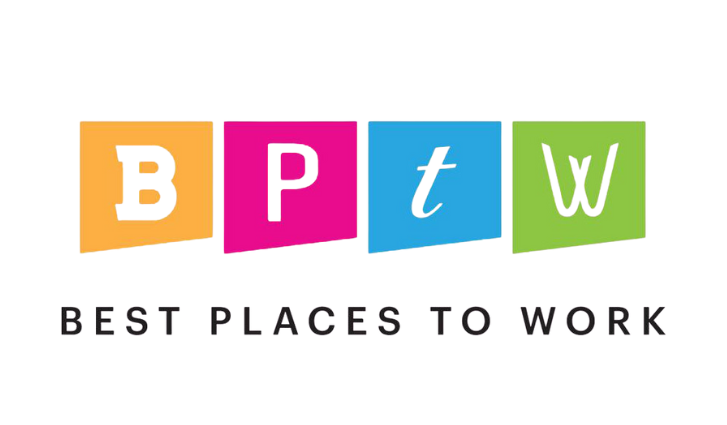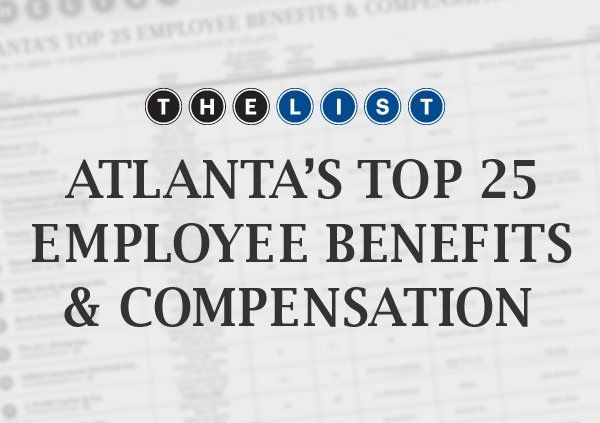A Contractors Guide to OCIP Insurance & CCIP Insurance
In the world of construction and general contracting, OCIP and CCIP insurance coverage is of paramount importance. Even if you're talking about a modest project, there's still a lot that could potentially go wrong. People could get injured, equipment could be damaged, a site could be rendered permanently altered negatively. While both programs offer comprehensive coverage, they differ in terms of who initiates and manages the insurance. OCIP is typically controlled by the project owner, where as CCIP is initiated and managed by the contractor. By diving into the intricacies of these construction insurance programs, you will be able to make a well-informed decision in choosing the right construction insurance program.

OCIP vs CCIP
Regardless of the scope of the project you're talking about, there are two main types of Controlled Insurance Programs to concern yourself with: Owner Controlled and Contractor Controlled. When it comes to construction projects, it is crucial to understand the differences between OCIP (Owner Controlled Insurance Program) and CCIP (Contractor Controlled Insurance Program). Both OCIP and CCIP provide comprehensive insurance coverage for all parties involved in a construction project. The main difference lies in the party that takes responsibility for obtaining and managing the insurance coverage. OCIP is typically initiated and controlled by the project owner, while CCIP is initiated and controlled by the contractor.
In order to identify the right policy and plan administrator, it is important to research and evaluate insurance providers and plan administrators, consider their experience and expertise, review their track record in claims handling, assess their financial stability, and seek recommendations from other construction industry professionals. Working with a
reputable broker can also be beneficial as they can provide expert advice and guidance throughout the insurance procurement process, assess project parameters, determine appropriate insurance type and coverage level, and offer access to multiple insurance providers for comparison.
Owner Controlled Insurance Program (OCIP)
In an Owner Controlled Insurance Program, the insurance coverage is obtained by either a property owner or a sponsor throughout the construction project taking place. If the goal was to completely rehabilitate a property for a period of six weeks, an OCIP policy would be utilized for the duration of that period.
Generally speaking, most of these policies offer the same basic level of coverage. They tend to include excess liability protection, employer's liability coverage, worker's compensation, and commercial general liability. Depending on the nature of the project and the unique types of concerns that are a factor, it could also be expanded to include contractor's pollution liability, builder's risk insurance, or even terrorism insurance should it be deemed necessary.

Pros of OCIP
When it comes to an OCIP, many consider the biggest benefit being that only one policy premium is required to guarantee all the aforementioned coverage for the duration of the project. Rather than being forced to keep up with and pay multiple partners, everything is consolidated under one proverbial roof. Obviously, this is a benefit primarily to the property owner.
Because everything is being provided by a single entity, this also offers the added advantage of giving property owners total control over things like administrative fees and other related costs. Some property owners with many projects running simultaneously even go as far as to get one OCIP for multiple sites. If you were renovating multiple schools within a school district, for example, naturally those might be spread out over a big geographic area. But because the projects are running simultaneously, one OCIP could cover all of them - further streamlining the administrative side of things and going a long way towards keeping costs down.
Cons of OCIP
The cons of OCIP include the increased administrative burden on the project owner, potential for higher insurance premiums due to increased project owner liability, limited flexibility in choosing insurance providers, additional coordination required among project participants, and possible confusion regarding coverage responsibilities and limits.
Contractor Controlled Insurance Program (CCIP)
Also commonly referred to as a Contractor Controlled Insurance Program, a CIP is a type of insurance that covers any project owner, the general contractor who has taken control of the project, and any subcontractors that are listed under a larger agreement. Those parties are protected from not only liability claims related to worker's compensation but also third-party general liability as well.
A helpful way to think of it might be like a pyramid, because a CCIP works from the "top-down" by design.
Pros of CCIP
Maybe the biggest benefit that a CCIP insurance policy brings with it is that it allows for small business entity participation. Remember it isn't

the project owner or developer who is covered - subcontractors can easily be added as well.
This helps to bring about a much broader level of coverage than many people would be able to find on their own. It helps to significantly reduce (and often outright eliminate) any gaps in coverage that may exist. This goes a long way toward lowering insurance costs across the board. But when you also consider that having a CCIP policy in place can help significantly improve site safety, you're looking at what many consider to be the biggest advantage of all.
Cons of CCIP
- Increased administrative burden on the contractor, requiring additional time and resources.
- Potential for higher insurance premiums due to increased contractor liability.
- Limited control over insurance coverage by subcontractors, potentially leading to coverage gaps if subcontractors have inadequate insurance.
Choosing Between OCIP & CCIP
One factor that may influence whether to go with an OCIP or a CCIP has to do with the number of subcontractors involved in the project at hand. Naturally, all those contractors will want to have a say - which can often mean an extended negotiation process. This will all occur after the final bids have been entered and could add to the cost of administration overall.

Beyond that, remember that the policyholder is the one who will be responsible for paying the premiums on the policy. This is also true with regard to any required deductible. For some types of projects, it doesn't make sense for a contractor to take this upon themselves. An Owner Controlled Insurance Program will be more appropriate. For others - especially where a general contractor wants to stop covering liability across multiple projects that are happening concurrently - a CCIP is the way to go.
Let each project dictate which type of policy you invest in. Consider the unique scope and other requirements and work your way back to the type of policy that meets your needs. Don't default to one or the other just because you think you should or because that's what you did in the past.
How to Navigate OCIP and CCIP Successfully
As is true with most types of insurance, perhaps the best way to navigate either an OCIP or a CCIP policy successfully involves partnering with the right team of business insurance experts to begin with. You need someone who understands not only this type of insurance but the field you're in and even the project you're engaged in. The last thing you want to do is wind up with insufficient coverage when you need it the most and a policy of dedicated, passionate administrators can help make sure that doesn't happen.
If you'd like to find out more information about the ins and outs of OCIP insurance and CCIP insurance, or if you would like to talk about your own needs with a team of professionals in a bit more detail, please don't hesitate to
contact BIS Benefits today.











